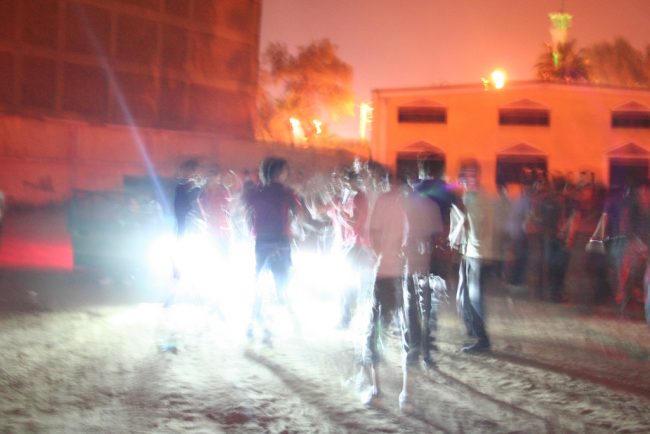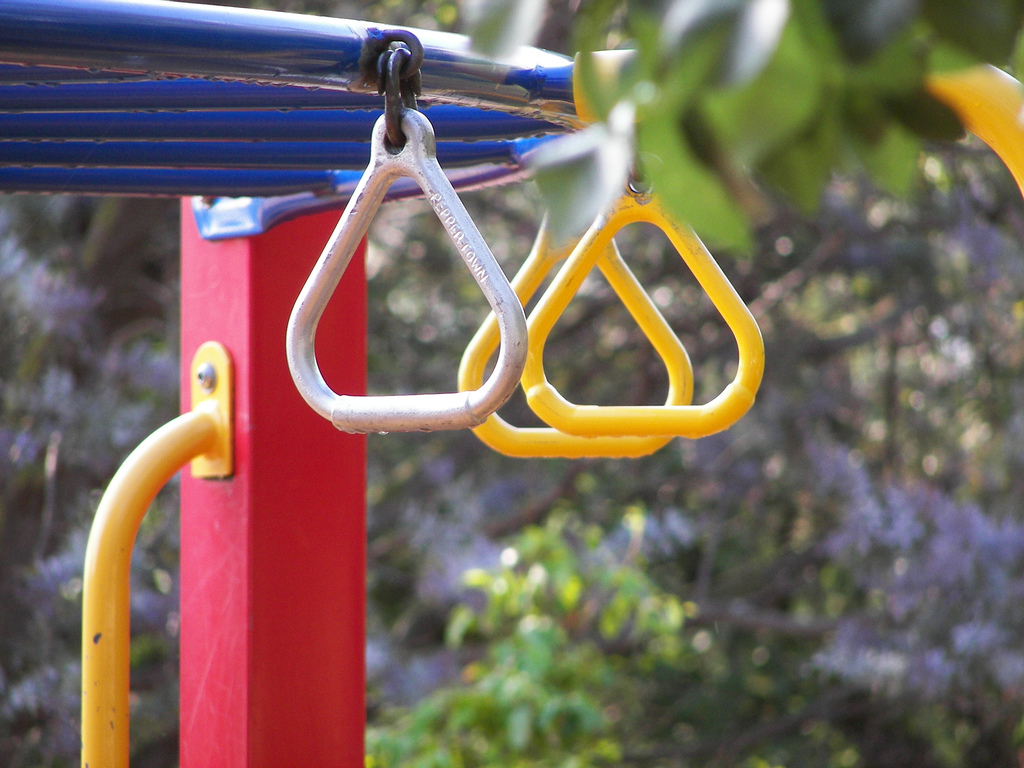|
Getting your Trinity Audio player ready...
|

Each school shooting leaves parents, teachers, and school districts wondering if there is a way to prevent these horrific events from re-occurring.
School districts are desperately trying to avoid becoming the next victim and they are almost in a panic chasing answers. An increasing number are placing their hopes in high-tech security systems that were developed for the military, police, and private industry.
Modern Technology Security Systems
These modern systems range from instant background checks for visitors and social-media monitoring software, to sensors that can detect gun shots, and ID cards that include panic buttons. These tools are rapidly driving the school security market, which has become a multi-billion dollar industry, despite little proof these tools will prevent another mass shooting.
Director of the Educator’s School Safety Network Amy Klinger says if districts are buying security tools, slapping them into place, and going about their business as usual are wasting their money. They are also no safer than they were without the equipment.
Many states have opted to go the low-tech route. They are welcoming more armed guards, allowing teachers to carry guns, and some are even handing out rocks or baseball bats. However, schools all across the country are increasing their budgets or looking for government grants to pay for state-of-the-art technology that feeds the philosophy, “More is better.”
Like many superintendents, Jim Scully of Haverhill, Massachusetts asked in an interview last month, “How do you know if something is going to happen or not?” Scully was overseeing the construction of a new middle school and convinced district officials to install a system that identifies gun fire and alerts police and administrators. The technology is made by Shooter Detection Systems and uses a network developed by the military. It costs $70,000, which was paid for my state and federal grants.
The system has not been used since it was tested. “My feeling was when we had the opportunity to take advantage of the funding, we did, and put that system in,” said Scully.
After the Marjory Stoneman Douglas shooting in Parkland, Florida, the Santa Fe, Texas school district mailed a reminder to parents of their security procedures. In the letter, Leigh Wall told parents and staff that safety measures included security cameras, visitor tracking systems, and a district-wide connected emergency warning and announcement system. She also reminded parents the district has their own police department that includes 12 trained police officers, who can handle active-shooter events.
One of those officers was wounded when a 17-year-old student walked into the Santa Fe High School, just before the start of classes, and opened fire. He killed 10 people and wounded 13 more with a shotgun and handgun that belonged to his father.
The Question Remains: How to Prevent Mass Shootings?
“The uncertainty over what can be done at a local level to prevent school shootings – and the horrifying consequences of failing to do so – has created a business opportunity according to NBC News. Security companies are trying to convince districts that the technology used by the police and the military can save lives in the classroom. The biggest selling point: the technology has already been proven effective.
The Business of School Security
Former special operations officer in the Marines Alexander S. Carney is a vice president for Critical Response Group. The company “makes digital and sharable school floor plans based on formats used in counter-terrorism raids.” These techniques are being used in multiple places, in multiple countries.
The company is based in New Jersey, and dozens of school districts there have adopted the technology. Carney says the company had a spike in inquiries after the Parkland shooting and again after May 18.
Digitized graphics, along with tools like shot-detection systems, will likely shorten emergency response time and reduce the number of victims of a mass shooting. The graphics start at $1,880 per school. They put building layouts on map-like grids. This allows police to get familiar with the scene quickly, identify where the shooting is happening, and plan a response. However, whether high-tech security systems can prevent such attacks remains the question,] according to safety consultants and researchers.
This question was among the concerns raised in a 2015 RAND study on the growing use of school-safety technology. Researchers surveyed a variety of school districts and found officials who were in desperate need to have evidence of working technology.
Visitor management systems and anonymous tip lines are inexpensive and sensible according to researchers. There was scant evidence of the effectiveness of most high-tech tools, however, some of the technology may make students feel uneasy, researchers said.
Heather Schwartz, a RAND policy researcher said, “I walked away thinking that what districts needed was an independent third-party to wade through the marketing from the different companies. But my impression was that was not going to happen soon.”
After the Sandy Hook Elementary School massacre in December 2012, the National Institute of Justice made research for school safety a priority. The Institute has paid tens of millions of dollars annually to projects that were seeking to understand school violence and how to prevent it. Most of that work had not been completed yet.
Funding sources have become scarce. A spending bill passed in March 2018 eliminated the NIJ grant programs. After the Feb. 14 Parkland massacre, Congress passed the STOP School Violence Act instead. The act redirected federal funding toward anti-violence training, the installation of metal detectors, anonymous tip lines, and better mental health services. The act stopped the research into technology-based solutions.
By Jeanette Smith
Source:
NBC News: Schools are spending billions on high-tech security. But are students any safer?
Featured Image Courtesy of Philip Brookes’ Flickr Page – Creative Commons License
Top Image Courtesy of Mohamed ElGohary’s Flickr Page – Creative Commons License



